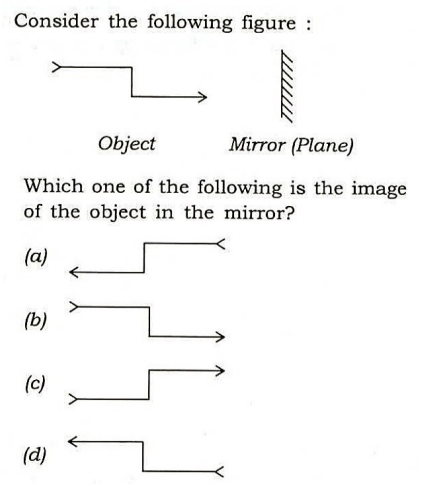Question
Which of the following statements correctly define the
‘Policy of Subordinate Union’?Solution
● Option D is correct: After 1858, the fiction of authority of the Mughal emperor ended. It was necessary to obtain a sanction for all matters regarding succession from the Crown as the Crown established itself as the unquestioned ruler and the paramount power. The ultimate supremacy of the Crown implied that the states were subordinate to the Crown. The myth of Indian states having a status of equality in parity with the Crown as independent, sovereign states had ended. The Queen adopted the title of ‘Kaiser-i-Hind’ (Queen Empress of India). The British government used its right to interfere in the internal functioning of the states.
The balanced reaction for following chemical reaction is:
Barium sulphate + Aluminium chloride → Barium chloride + Aluminium sulphate
Which of the following is NOT a country with which India has signed a Social Security Agreement (SSA)?
Consider the following figure :

A boat's speed while moving downstream is 60% higher than its speed while moving upstream. If the boat covers 720 km downstream in 18 hours, determine ...
Three statements are followed by three conclusions numbered I, II and III. You have to consider these statements to be true, even if they seem at varian...
What is the purpose of a compiler in programming?
The path of a ray of light incident on an interface separating two media is shown in the figure below. The refractive index of medium A with respect to ...
According to the “Equal remuneration act 1976” how many persons should be there on the “Advisory Committee”?
In the following number-pairs, the second number is obtained by applying certain mathematical operations to the first number. Which numbers should repla...
A man deposited Rs. 13000 at 10% compound interest, compounded annually while Rs. 11500 at 13% simple interest per annum. What will be the difference be...
Relevant for Exams:


